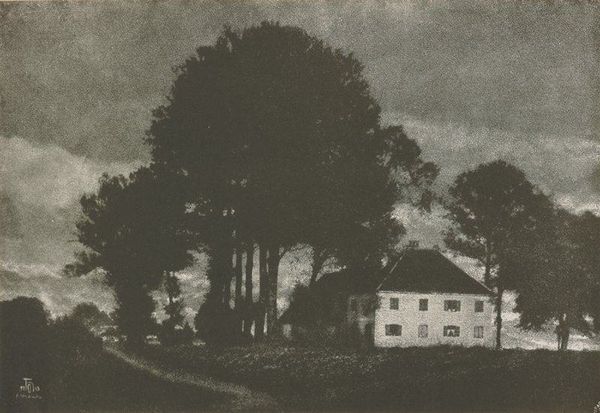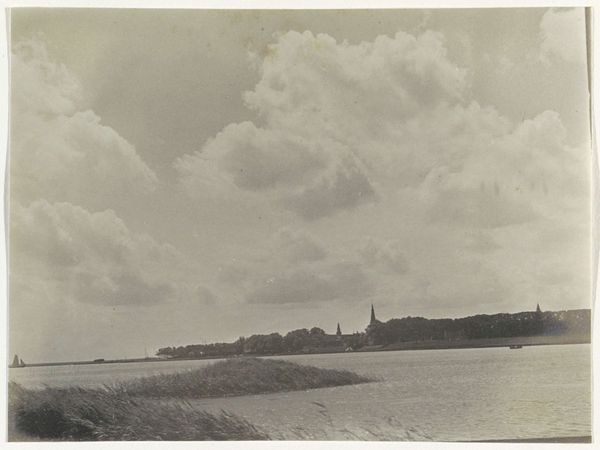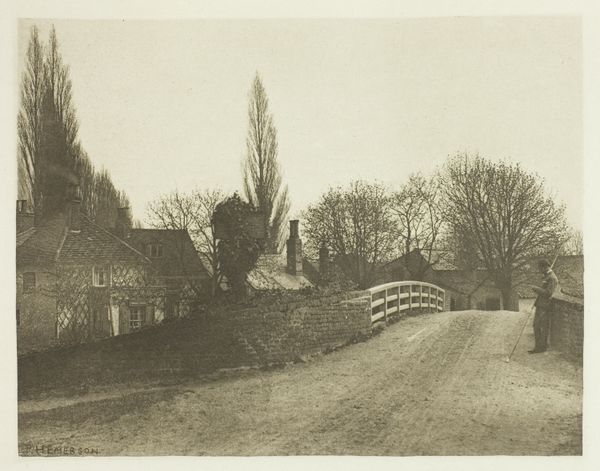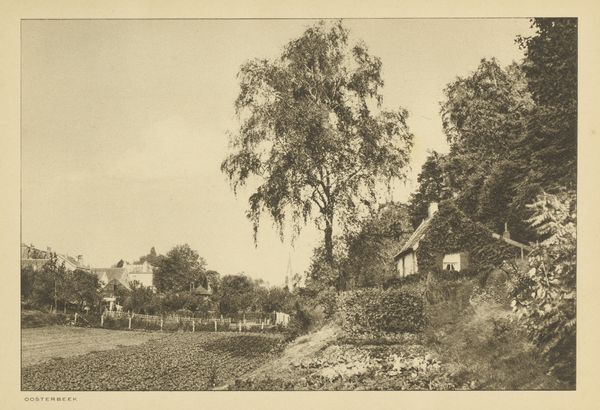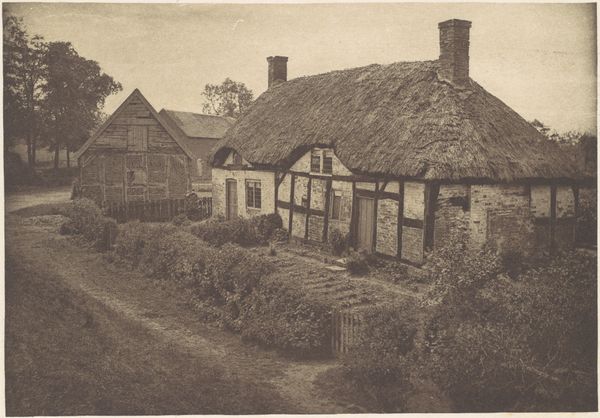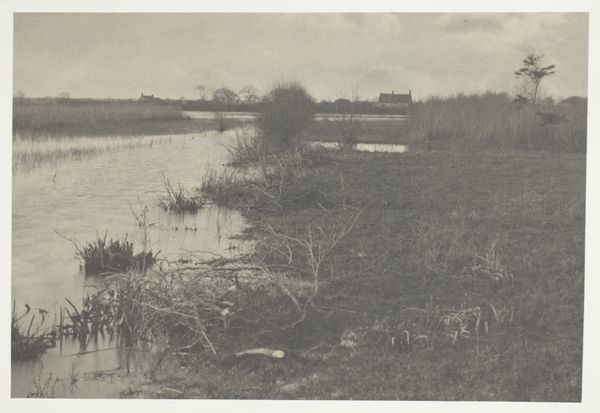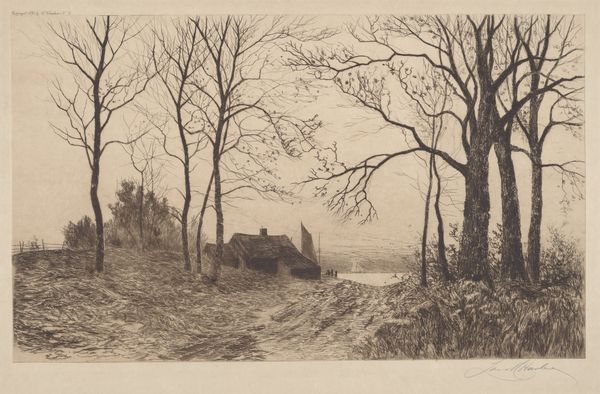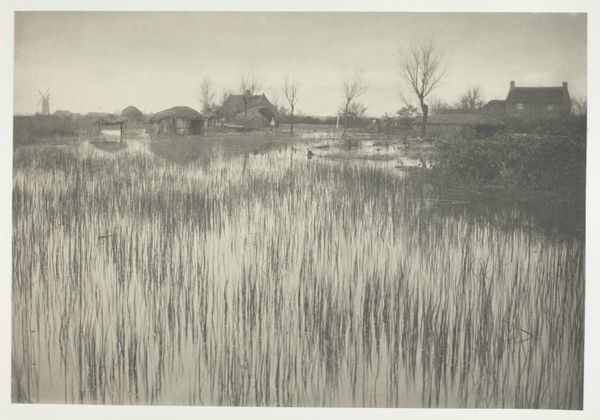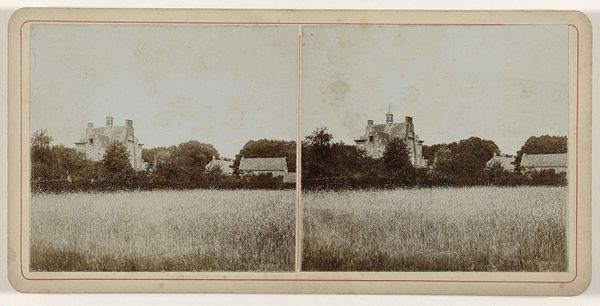
print, photography, gelatin-silver-print
#
pictorialism
# print
#
impressionism
#
landscape
#
photography
#
historical photography
#
gelatin-silver-print
#
19th century
#
naturalism
Dimensions: image: 6 1/16 x 8 1/16 in. (15.4 x 20.4 cm) sheet: 20 x 28 in. (50.8 x 71.1 cm ) mount: 10 13/16 x 14 9/16 in. (27.4 x 37 cm)
Copyright: National Gallery of Art: CC0 1.0
Editor: So, here we have "The Onion Field," a gelatin silver print by George Davison, dating back to 1890. It strikes me as both serene and a little unsettling, with that hazy, almost dreamlike quality. The field itself is so dominant. What's your take on it? Curator: Unsettling, you say? I feel that. It’s the kind of image that burrows into your subconscious, isn't it? To me, this is Davison flexing his Pictorialist muscles, saying photography can be art with a capital 'A,' just like painting. He's deliberately softened the focus to evoke mood, to transport us. Do you think that he succeeded? Editor: I think so. It feels very impressionistic, like a Monet painting in monochrome. I hadn't realized photography could be so painterly back then! Curator: Exactly! That's the radical part. Photography at that time was primarily about sharp, objective record-keeping. Davison, influenced by Impressionism and Naturalism, messes with that. The title also intrigues. It's called 'Onion Field' but could easily be a field of dreams, don't you think? Editor: Definitely! It invites you to wander, even if you’re not sure what you’ll find. I notice the farm buildings nestled in the background. Are they meant to be secondary? Curator: Perhaps, or perhaps they represent the 'real' world from which the artistic imagination takes flight. Look how soft those edges are – it is almost like a fading memory. The entire scene is less about documenting reality, and more about provoking emotion and contemplation. That’s where the artistry lies. It also might say something about industrialisation changing the way the artists engaged with natural settings. Editor: I see. It is more than just a snapshot then. This has changed the way I see photography, not just as a record, but as an expression. Thank you! Curator: Indeed. Now, I'm keen to know what other hidden dimensions it reveals as we continue our exploration through our shared experiences.
Comments
No comments
Be the first to comment and join the conversation on the ultimate creative platform.


